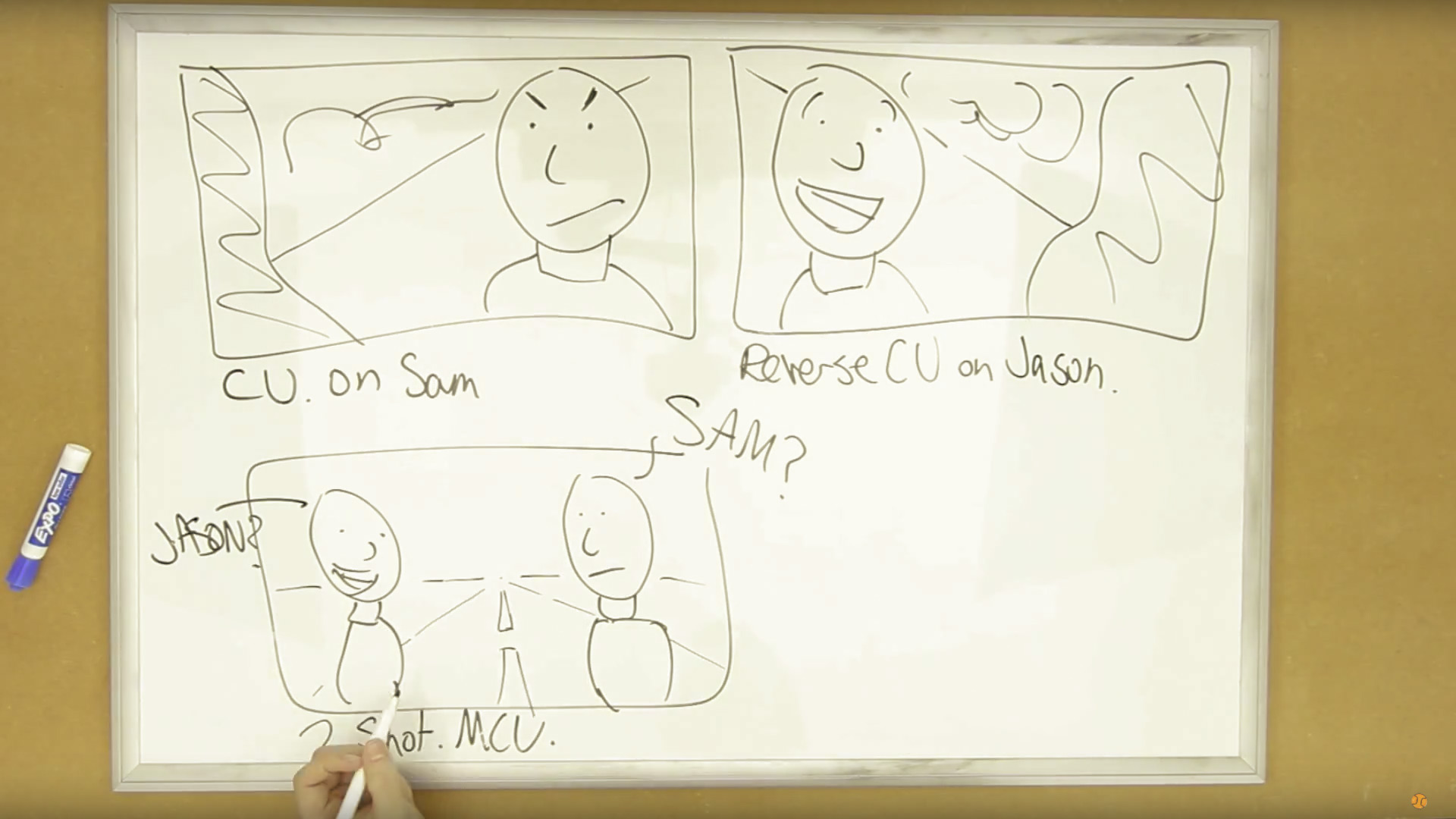Sam Mendez says “When you have a cast of 20, this means you have 20 other imaginations in the room with you. Use them.” And that’s exactly what we did on our latest short film Backstage.
Today we are going to talk about further developing a character’s backstory by hot seating our actors.
So this is how hot seating works: an actor will sit down and assume the role of their character. It’s up to you as the interviewer to ask them questions about themselves; their family, their work, their habits, pretty much anything which will build up a backstory.
It’s a way to expand a character’s biography on the spot by having them improvise answers based on their current knowledge of the character.
You can ask the actors to play the role during the interview, or if improvising isn’t their thing, you can simply discuss the questions and answers together.
The first person we hotseated was Aja who plays the Stage Manager, Jenny. We gave Aja some basic information on the character such as her age, brief personality traits, and the purpose of her role in the film.
After that, it was up to her to fill in the blanks based on the range of questions we asked. Here are some examples:
How do you feel about the North East Wrestling Federation?
Tell us about your relationship with your parents.
Tell us about your relationship with the wrestlers.
Are you thinking of quitting? Do you have any other jobs lined up?
Straight away, Aja started to expand the character. She invented the relationship with Erik AKA The Medium and how she has known him since she was a child. Her father used to run the NWF and she would be involved in the activities from a young age, so she’s been around community centre wrestlers her whole life.
We didn't write that. Aja did! On the spot!
With added backstory information like this, Aja is able to more comfortably place herself in the shoes of the character, and give the character meaningful emotional beats in the film. And because we hotseated the character together, we both had an understanding of the character as a whole, which made directing her performance even easier.
We also hotseated Liam who plays Erik AKA The Medium. With Liam, his character was playing a character, so we actually hot seated both The Medium and Erik as separate personas.
Again, we gave Liam some basic information on the character, but left it up to him to flesh out role and make it his own. By leaving a few empty pages in the character biography the actors are able to insert their own information and in turn it helps them play a more convincing role.
You can also use the technique of hot seating as a writer to expand your knowledge of a character you are writing. You may not put a character’s favourite cereal into the script, but it will help create a more rounded and realistic character as you are thinking further into the life of this imaginary person.
So next time you need a bigger backstory for a character, try hot seating.
This video was Sponsored By
🎵http://bit.ly/pb-happyfunkyday - Thanks to PremiumBeat for providing the music for this week's episode. Check out Premiumbeat.com to discover a huge range of exclusive royalty free music!
DISCLAIMERS:
Some of these links are affiliate links, if you purchase gear via these links The Film Look will receive a small commission, but there will be no additional cost to you. Thank you!
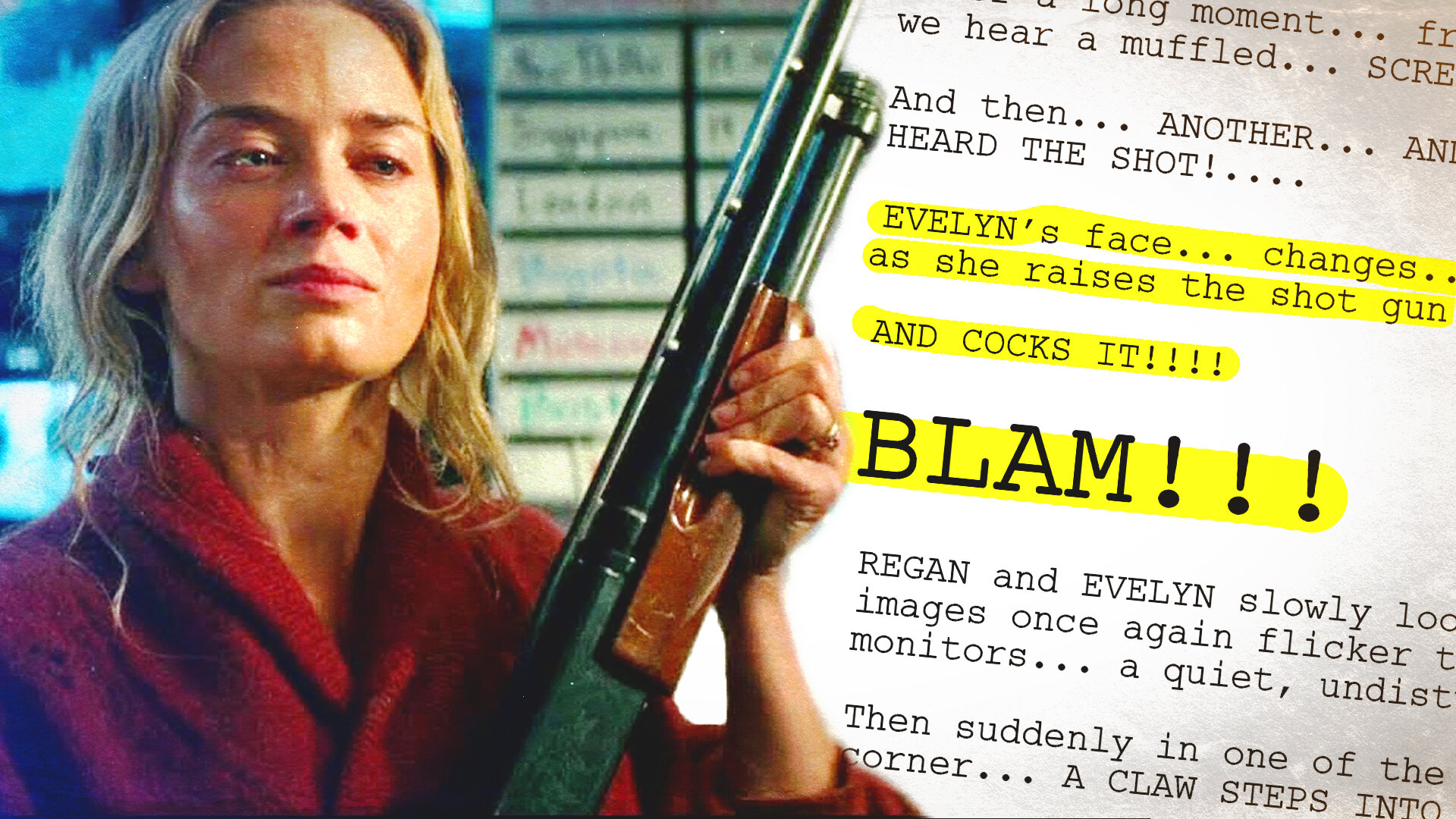






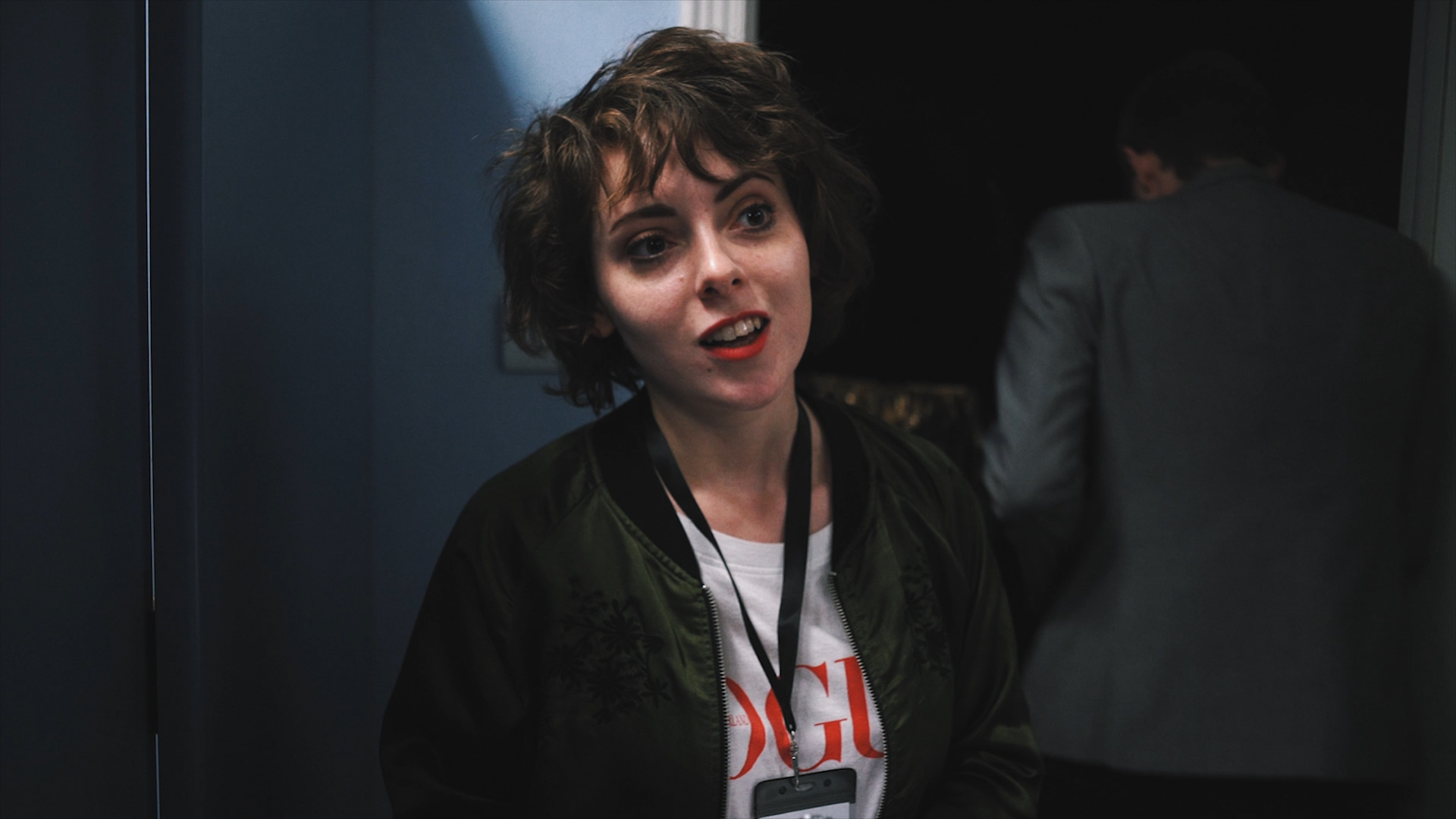
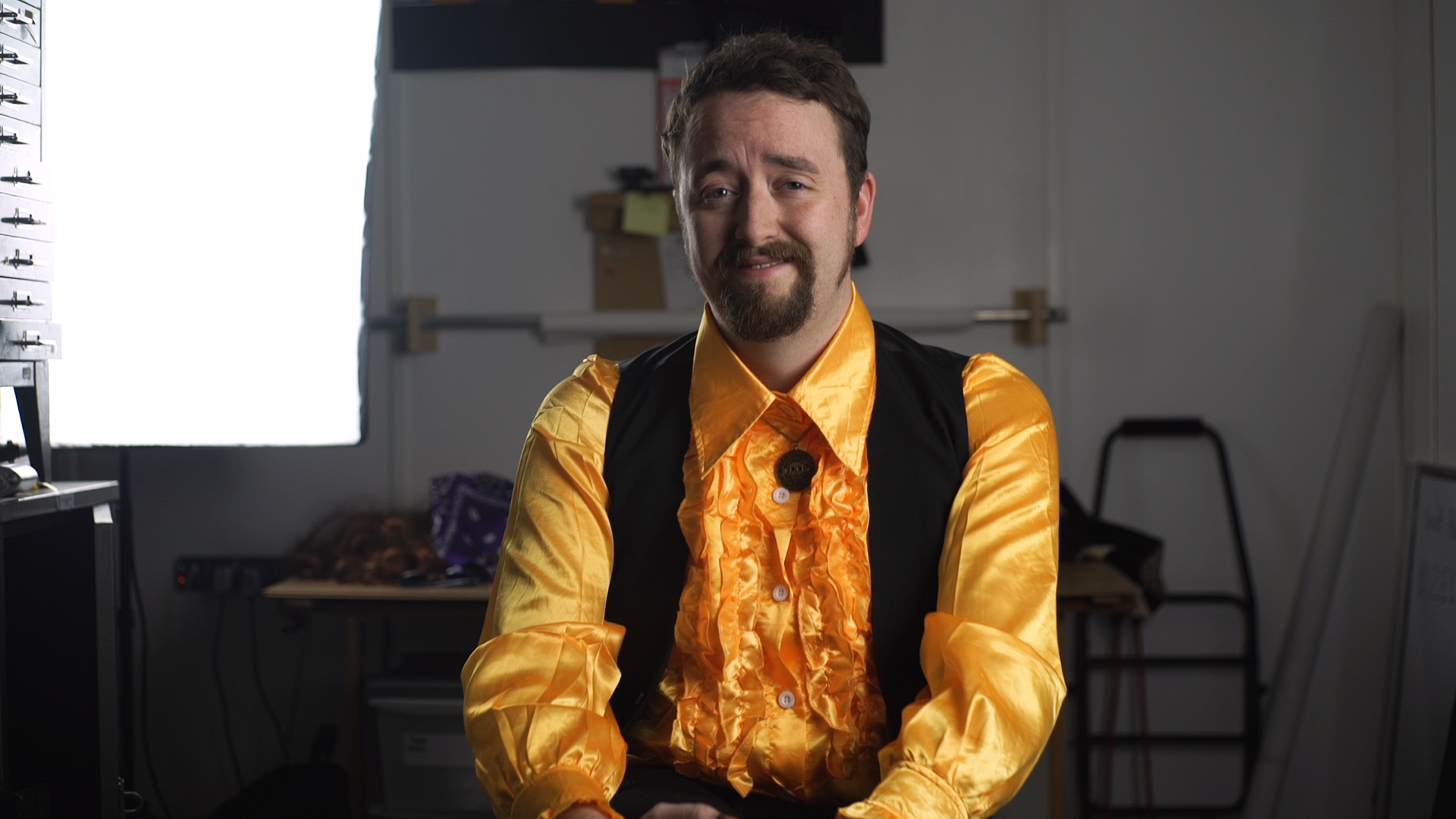
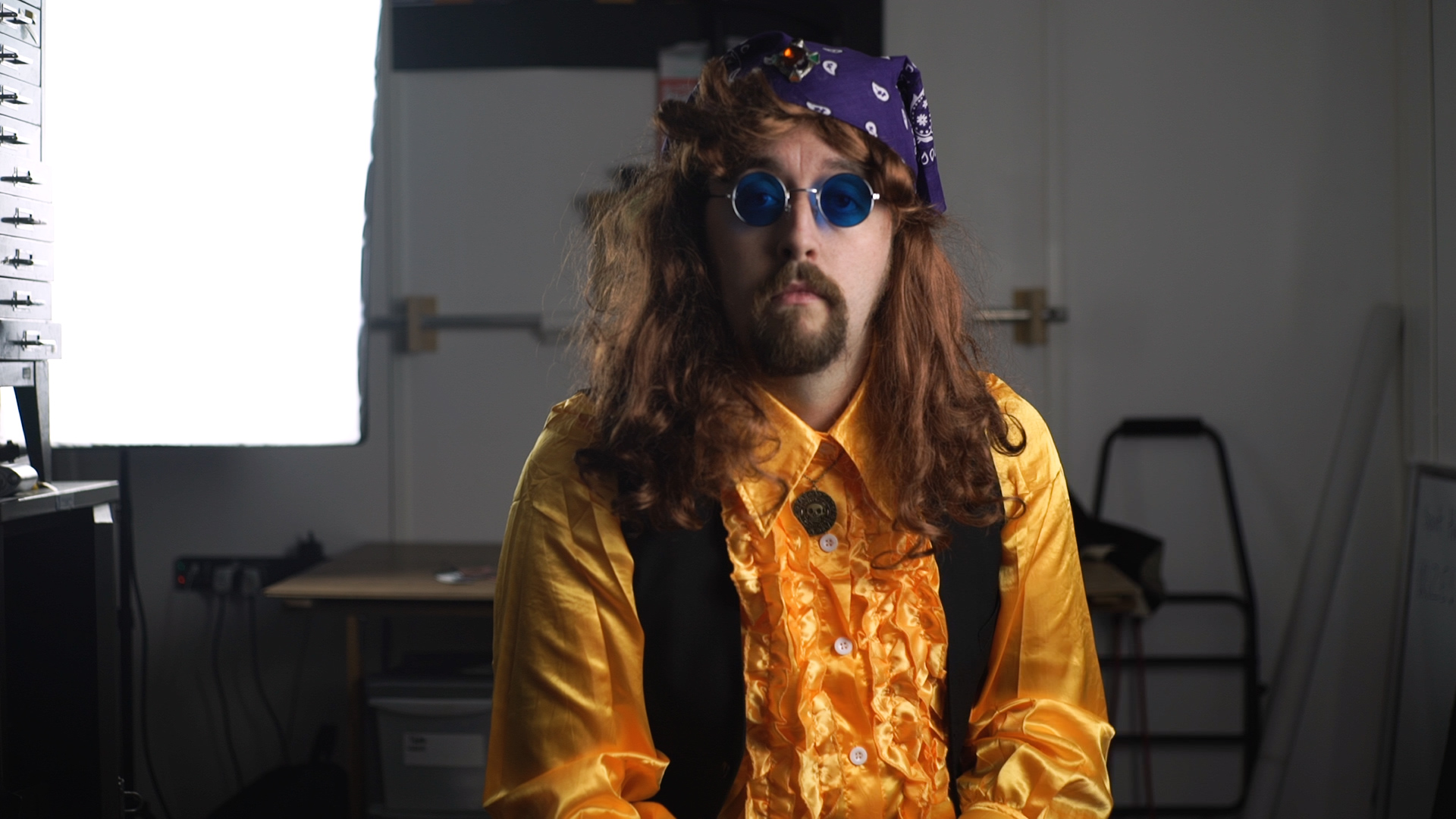




















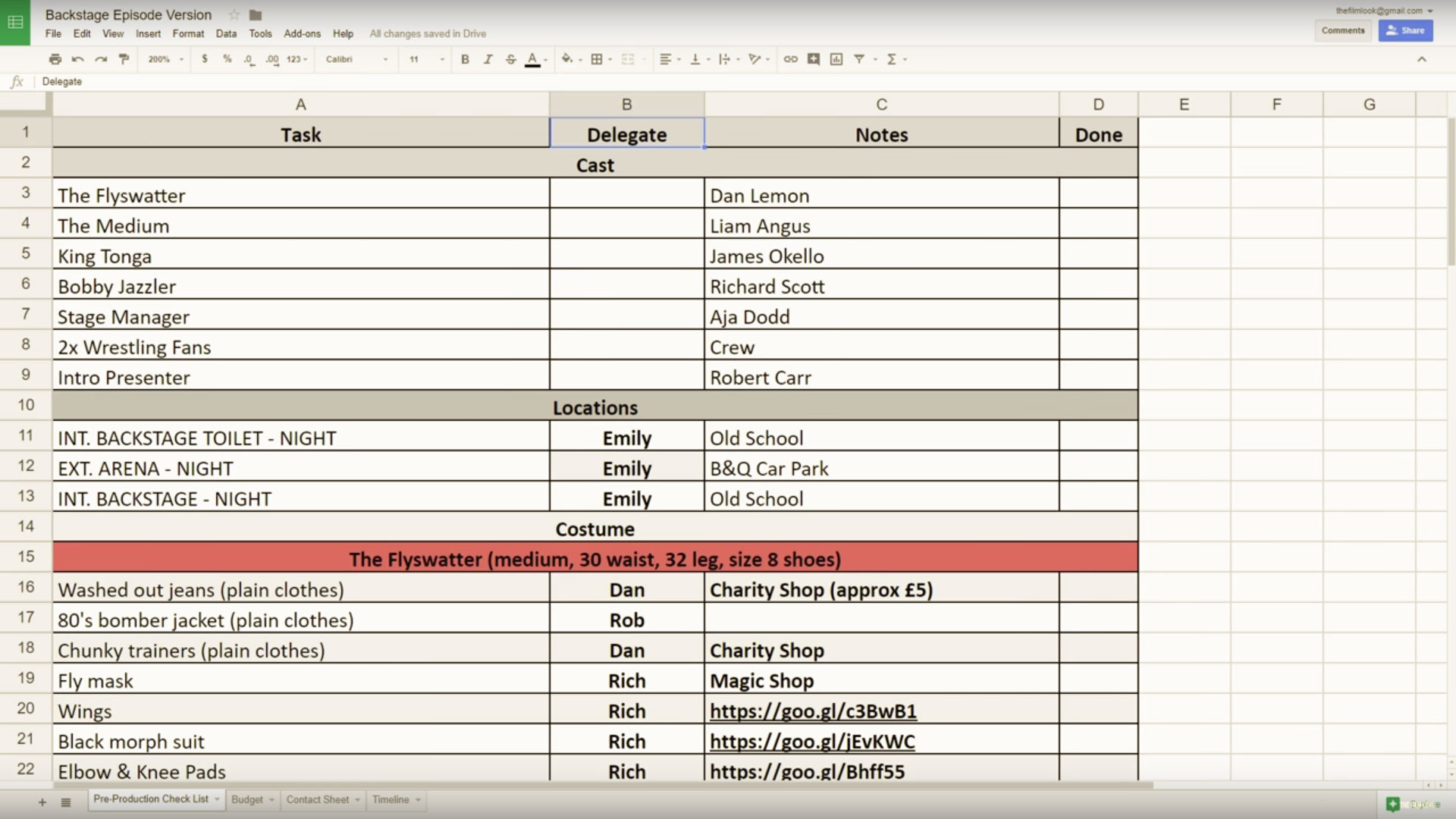

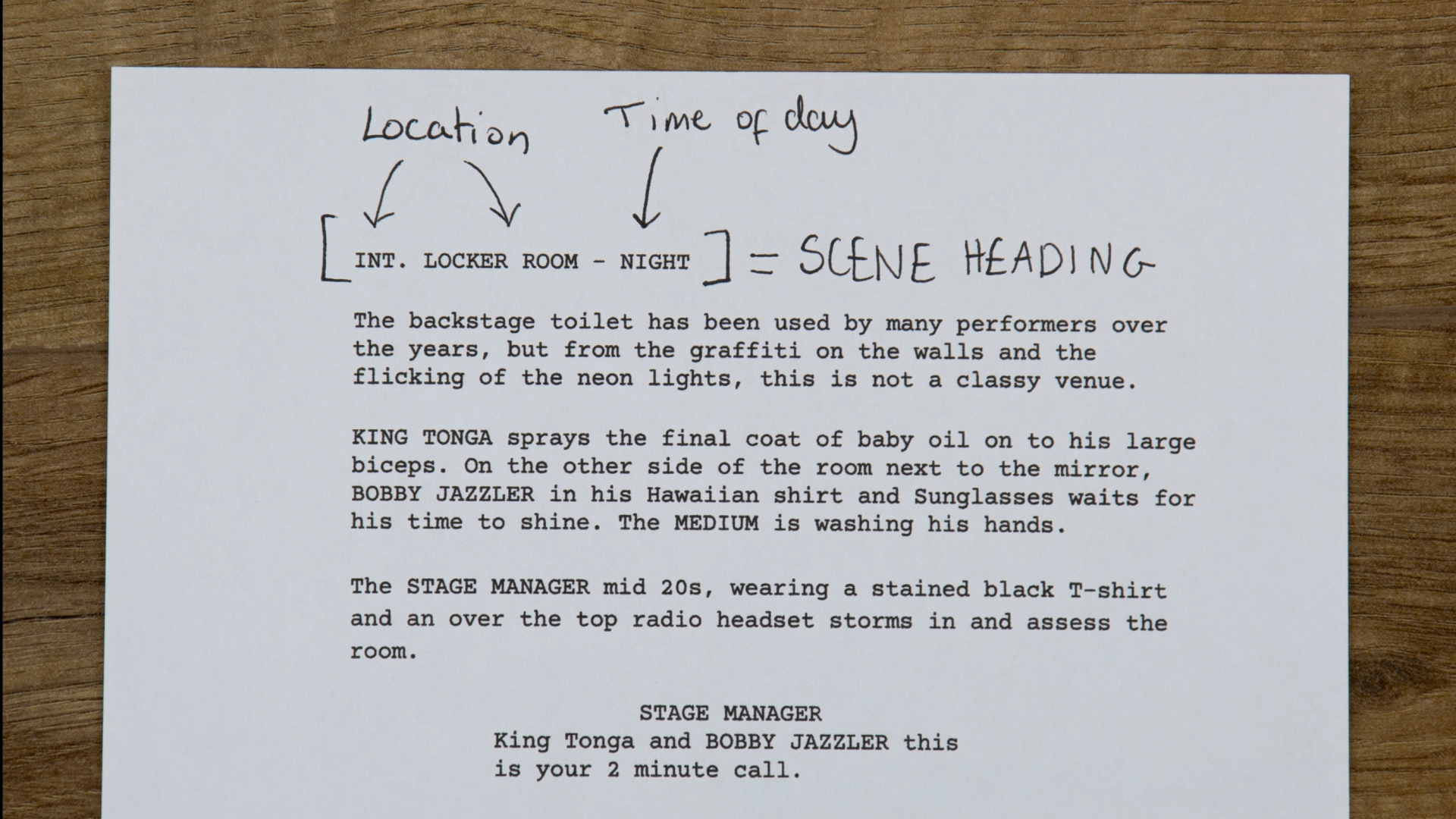
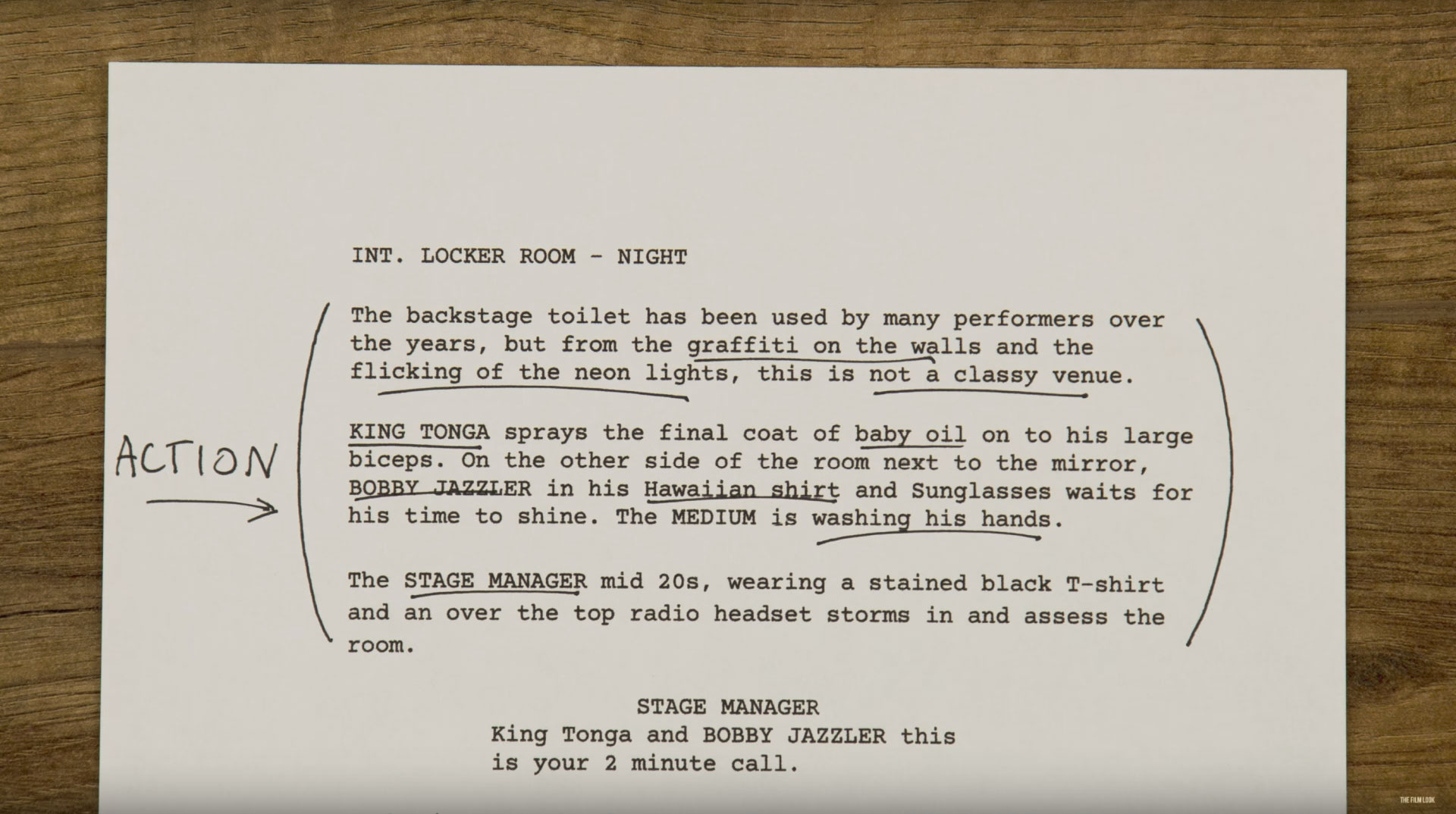








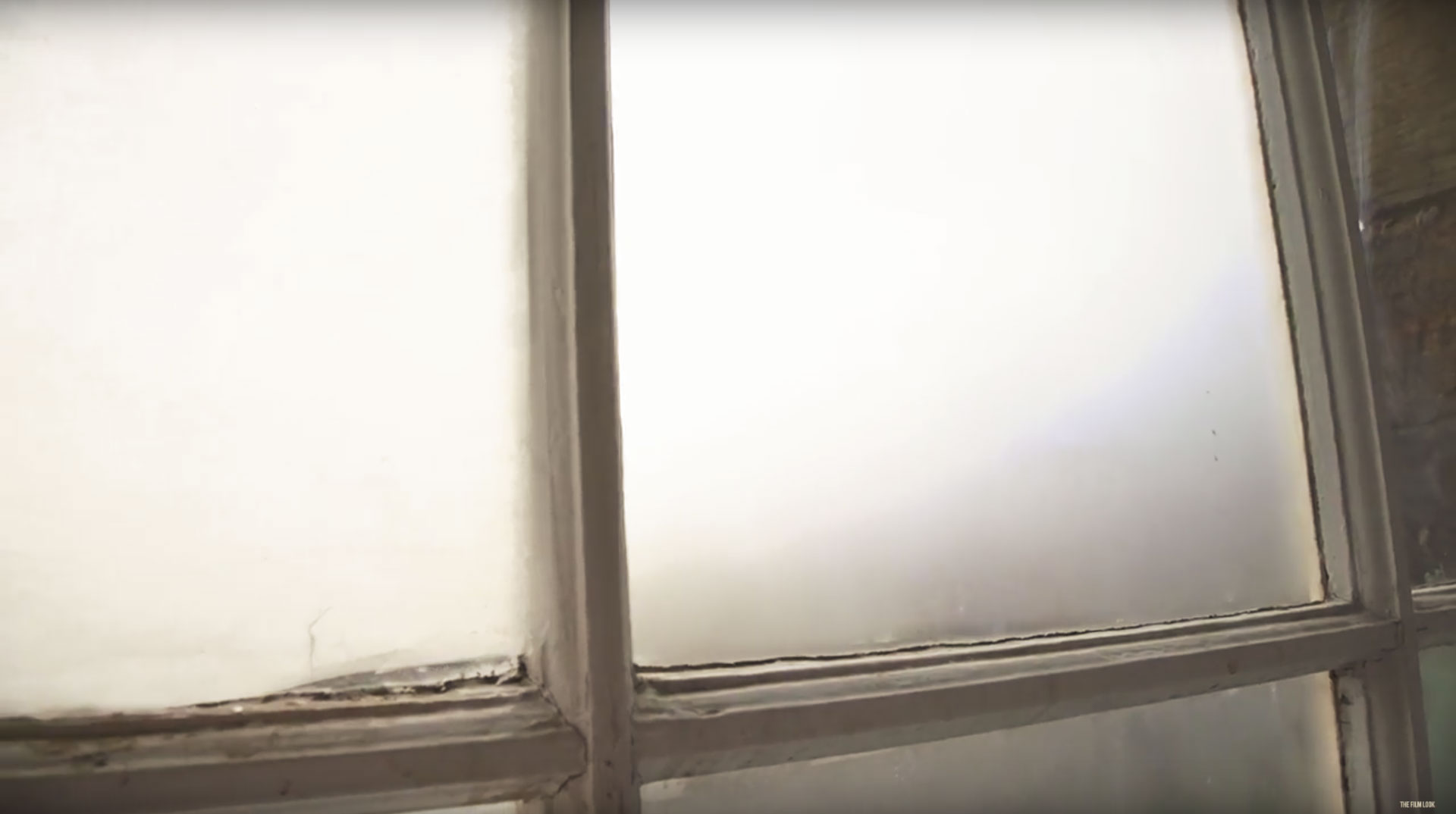



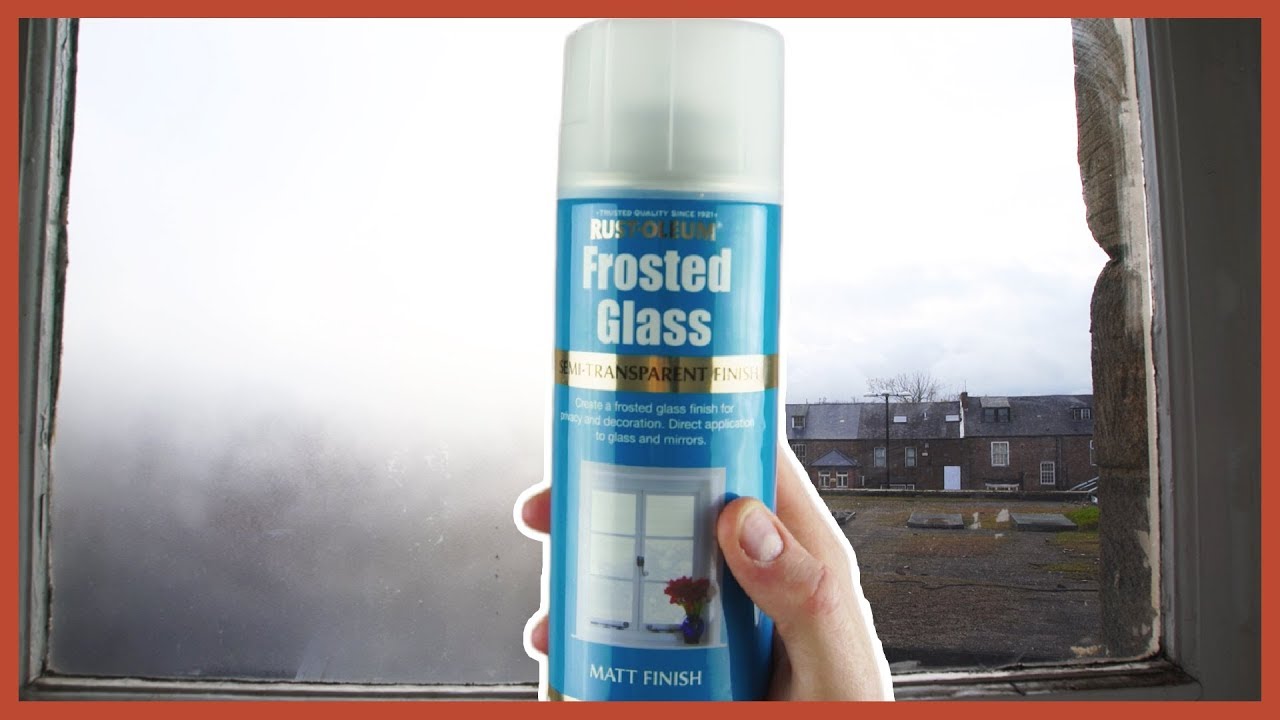








![Filmmaking Cliches - No Story [Necuase Guns].jpg](https://images.squarespace-cdn.com/content/v1/5a676f9d914e6b5d85949cbf/1519643109140-S54ST6PATYJ2SHDLL9OG/Filmmaking+Cliches+-+No+Story+%5BNecuase+Guns%5D.jpg)





















